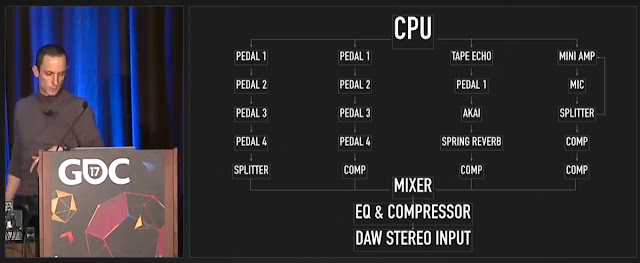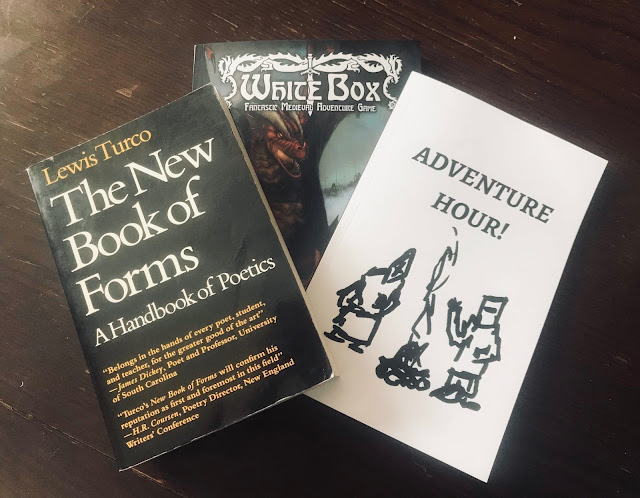Why do I keep coming back to the OSR?

The map of the planes presented in 5E’s core books. I. I’ve written about how I drifted into the OSR before. To quote a previous post , “I was frustrated with what I saw as a low signal-to-noise ratio in D&D 5E's implied setting. In particular, I never much liked that morality was baked into the physics of the world (what with alignment and the Planescape cosmology), and I hated feeling like I had to have a place on my world map for every godd*mn player-race in the book.” In retrospect, I think these surface-level frustrations were symptoms of a deeper conflict between my aesthetic sensibilities and those of modern D&D. (The thing about aesthetic sensibilities is that they’re subconscious, which makes it difficult for artists to understand the real reasons behind their creative decisions. This post is essentially about me making my subconscious process a little more conscious.) II. Part of this comes out of my more recent attempt to prep a game for Quest . I was really exci






